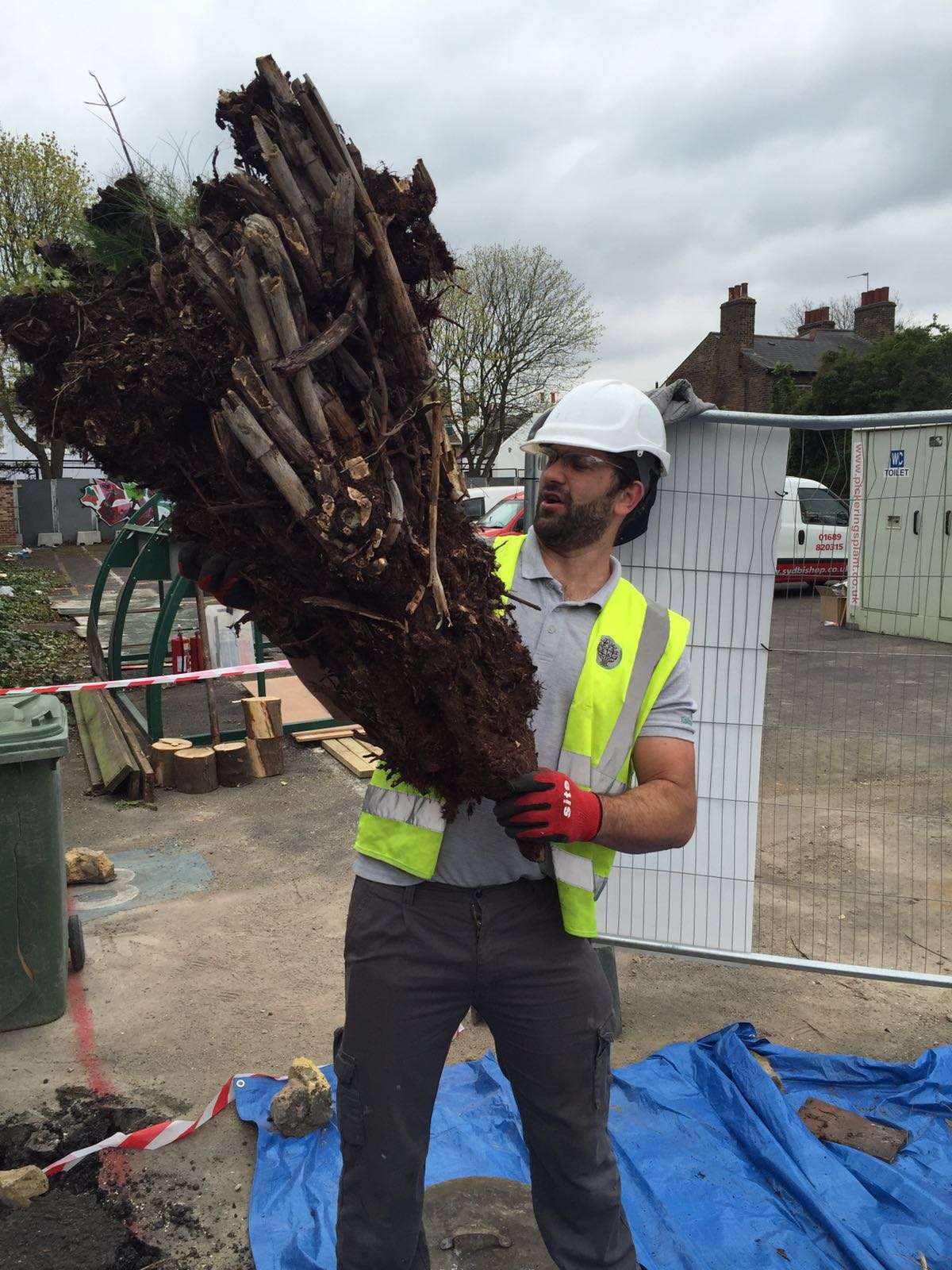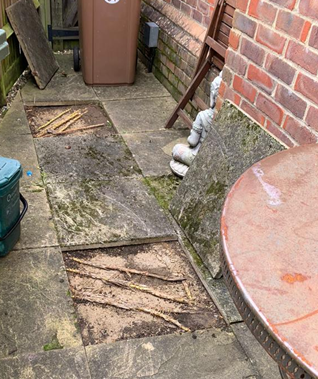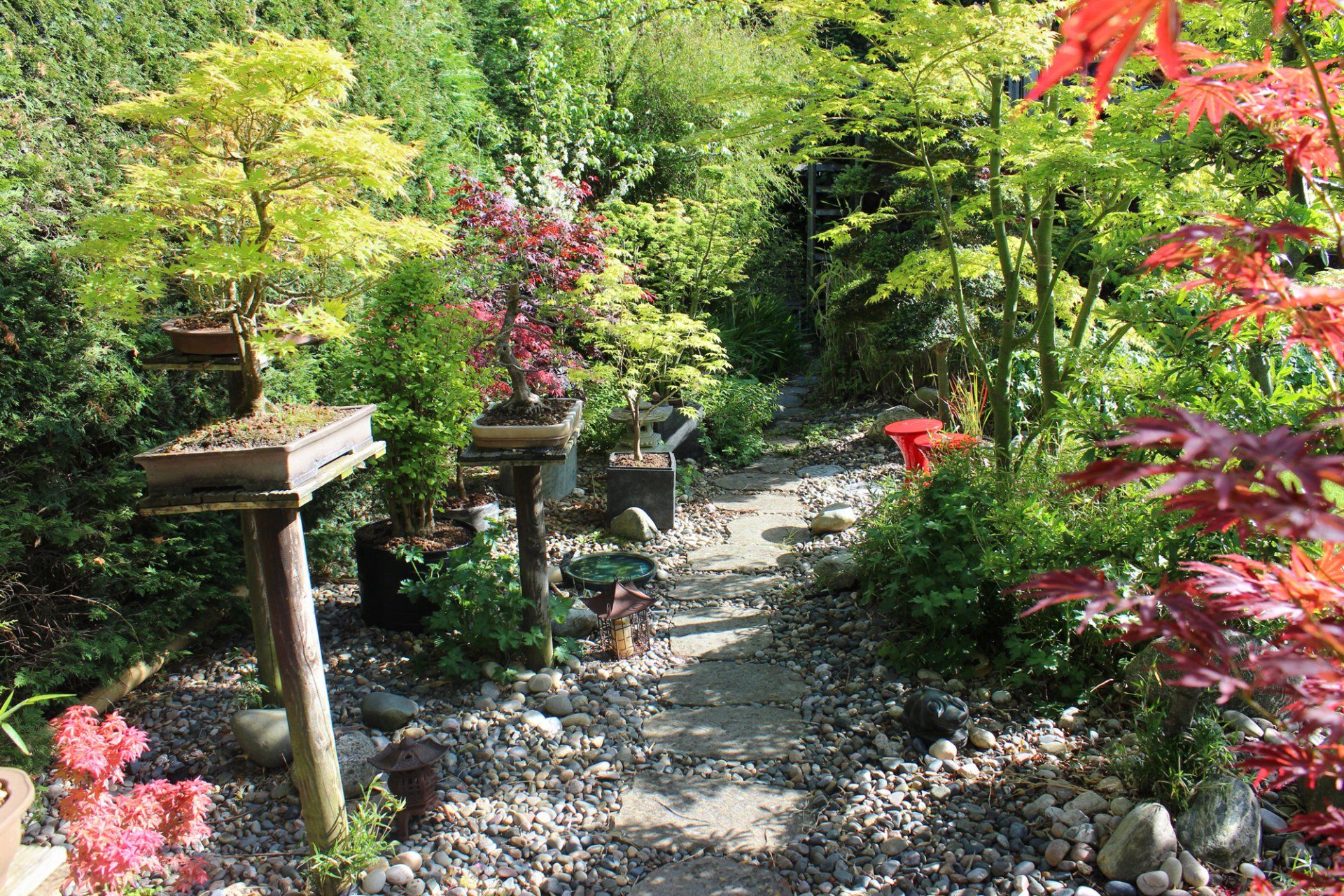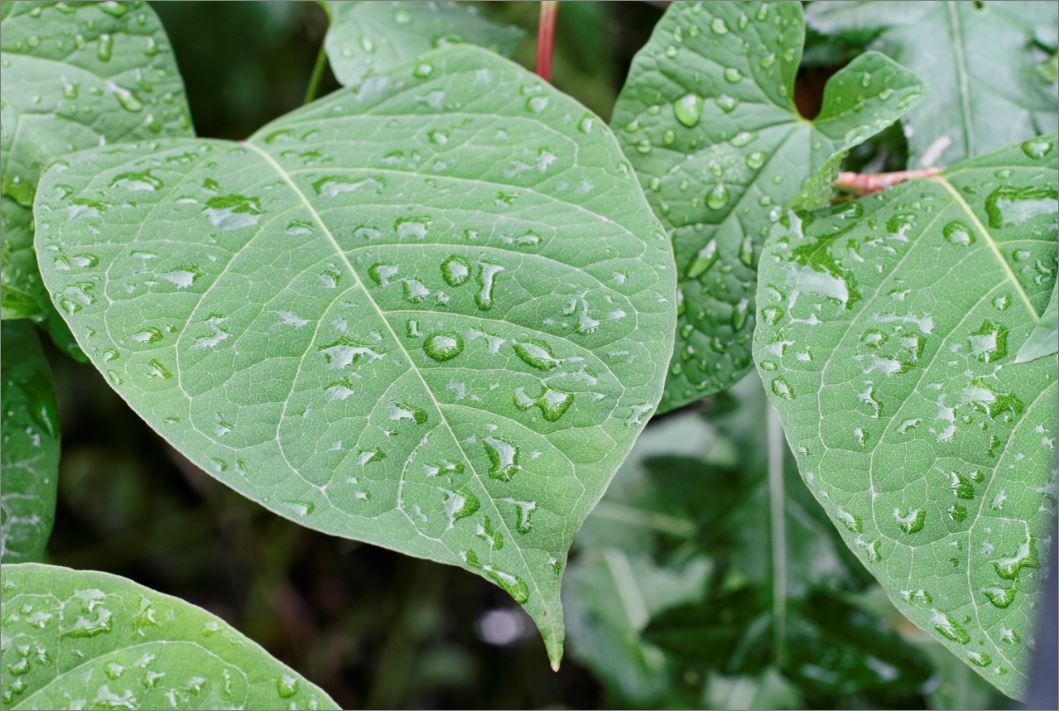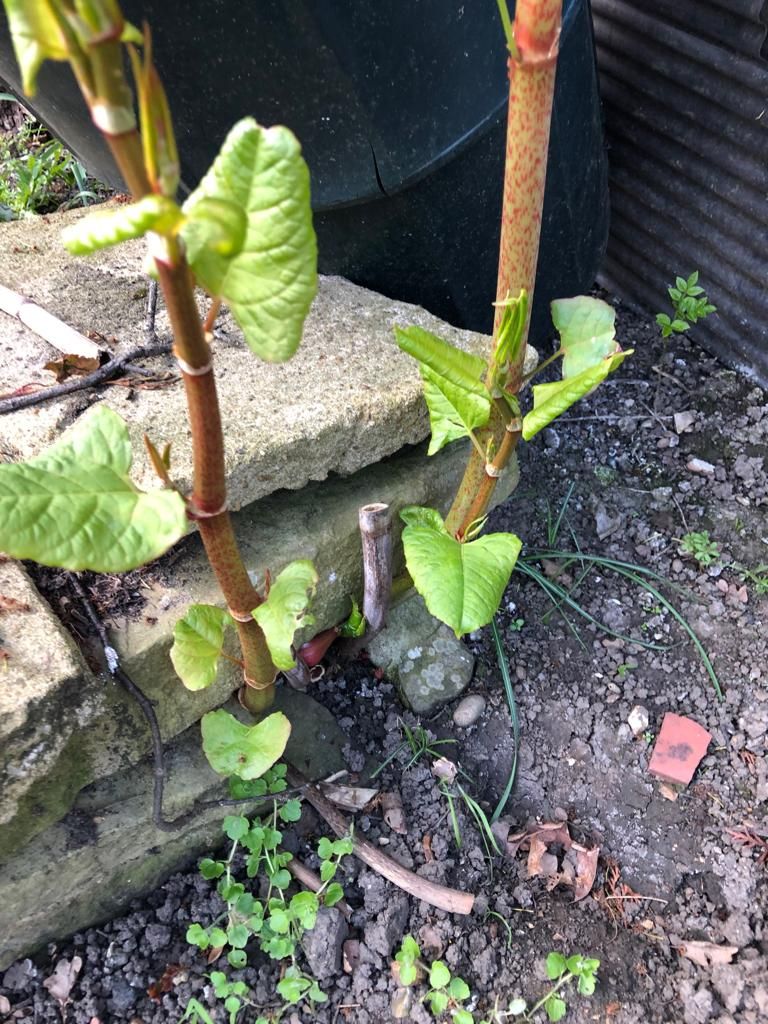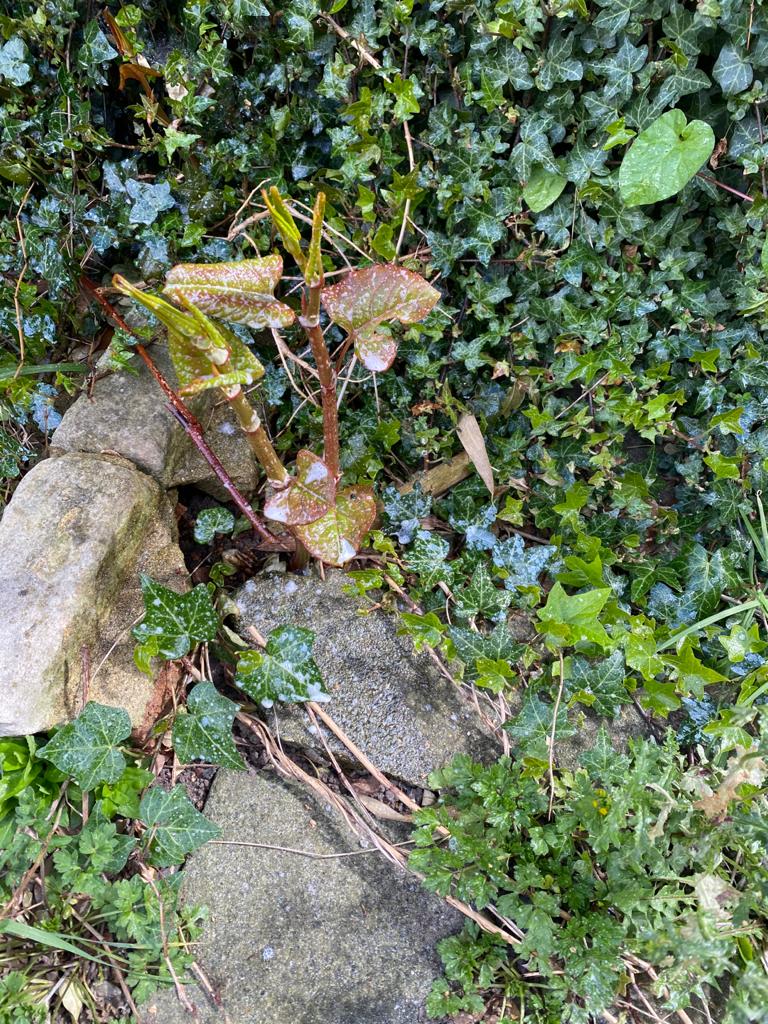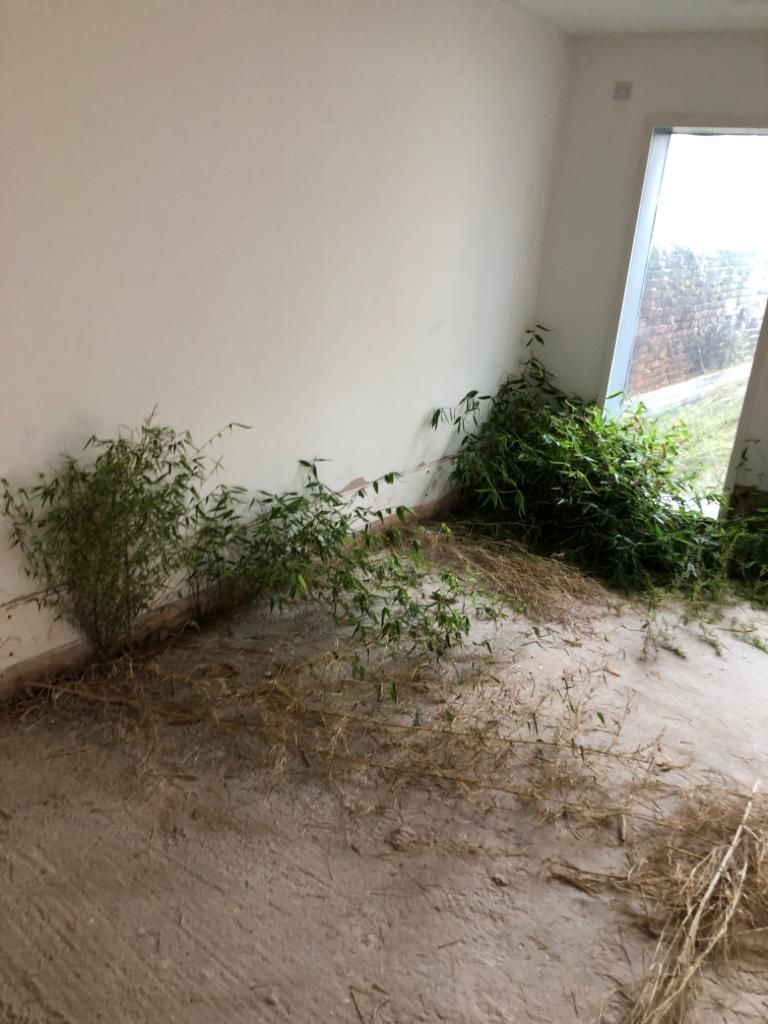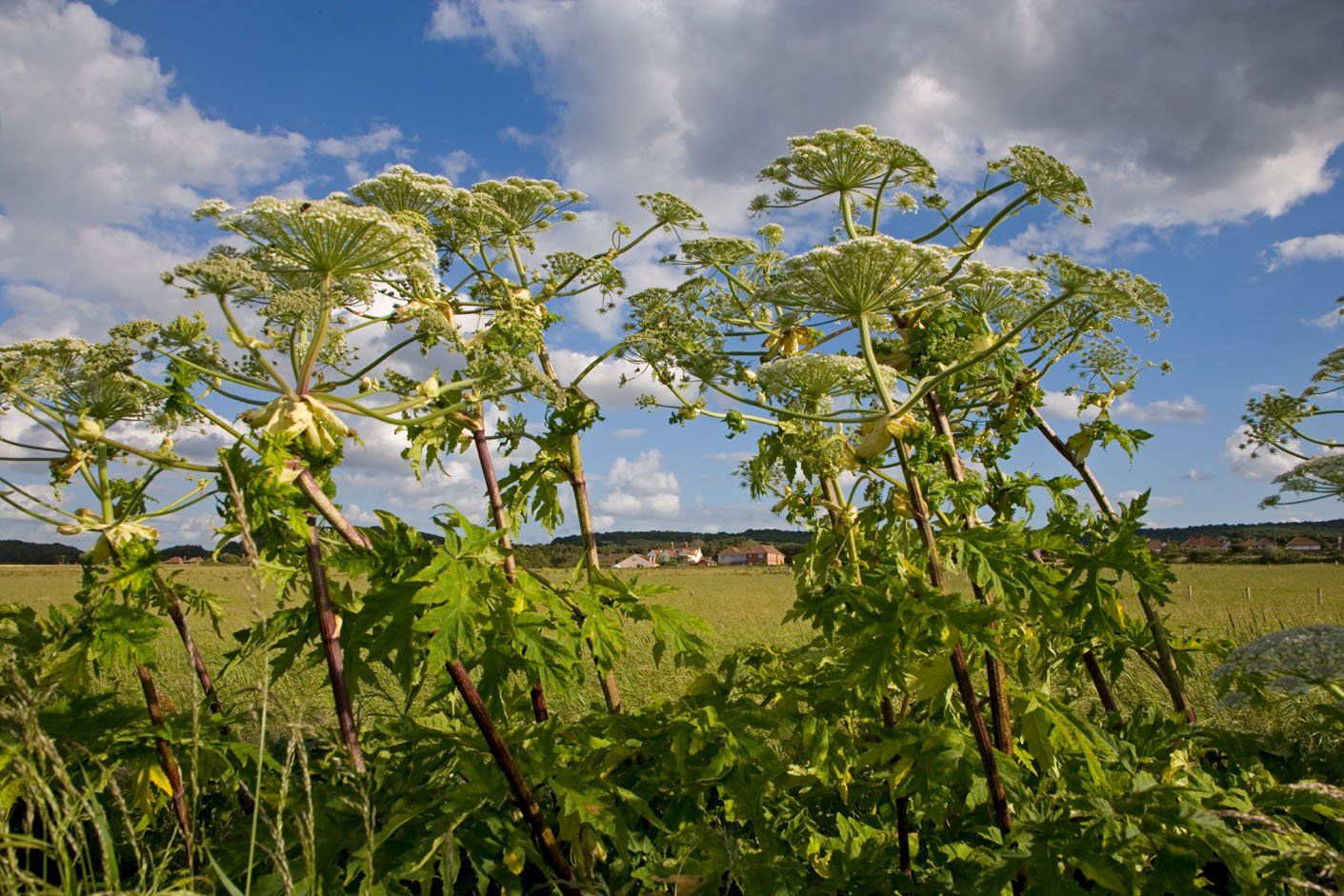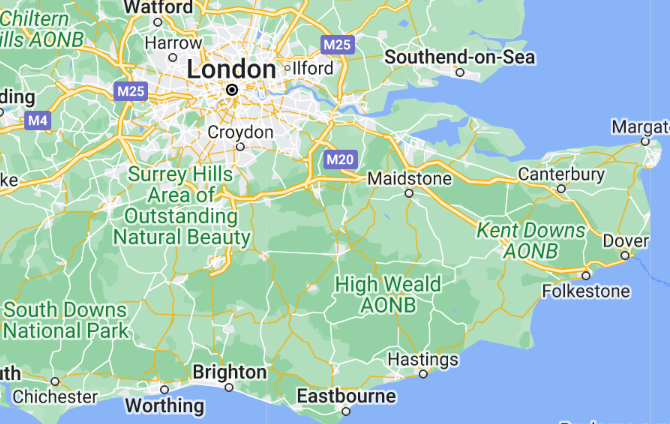A Beginner’s Guide To Himalayan Balsam
Himalayan balsam, (Impatiens glandulifera), is a highly invasive weed that grows rapidly and extremely high, smothering other vegetation and plant life as it does so. In this helpful guide, we provide information on the Himalayan balsam weed, highlighting areas where it is likely to be prominent, and the risks it may pose if left to thrive.
What Is Himalayan Balsam?
A naturalised plant first introduced to the UK in 1839, Himalayan balsam is now a prominent weed, commonly encountered on riverbanks, at sites of waste disposal and even outside your home. Gradually depriving other plants and vegetation of light, Himalayan balsam will tolerate low light, and eventually impoverish the entire habitat, killing off other plants.
A close relative to the ‘Busy Lizzie plant, but growing too far greater, frankly enormous heights, Himalayan balsam will shade out its competitors and eventually seize the entire land for itself.
What Does It Look Like?
Capable of growing upwards of 6ft in height, potentially even reaching as high as 10ft, Himalayan Balsam is known for its vast size. Producing clusters of purplish-pink helmet-shaped flowers, typically between June and October, Himalayan balsam flowers are followed by seed pods that open when ripe. With each plant producing up to 800 seeds, which are quickly and widely dispersed, Himalayan Balsam is known to spread extremely quickly.
Threats & Risks
Himalayan balsam seeds are able to shoot their seeds up to anywhere as far as 22ft away, exacerbating the issue with a wide dispersal that covers a large area. Generally speaking, the plant is spread in two principal ways;
● Human Interaction: The most common and widespread distribution of Himalayan balsam occurs when individuals come into contact with seeds and pass them on to others.
● River Banks: seeds can establish themselves in the catchment of a riverbank, which can then be transported even further afield by the flow of water. Himalayan balsam seeds remain viable for up to two years and can travel far and wide during this time, spreading their seeds as it does so.
Controlling The Issue
The first line of control should always be carried out through good practice in cultivation methods, such as cultivar selection, garden hygiene and the introduction or encouragement of some of the Himalayan balsam’s natural enemies. Chemical controls should be kept to a minimum, with non-chemical means such as pulling or digging out, as well as mulch suppression a good place to start.
Looking for Himalayan balsam removal services? At Gaia Environmental, our team of experts are on hand to remove invasive weeds across London, Surrey and the South East. We can also remove Japanese Knotweed, Giant Hogweed and Bamboo. Get in touch today.


